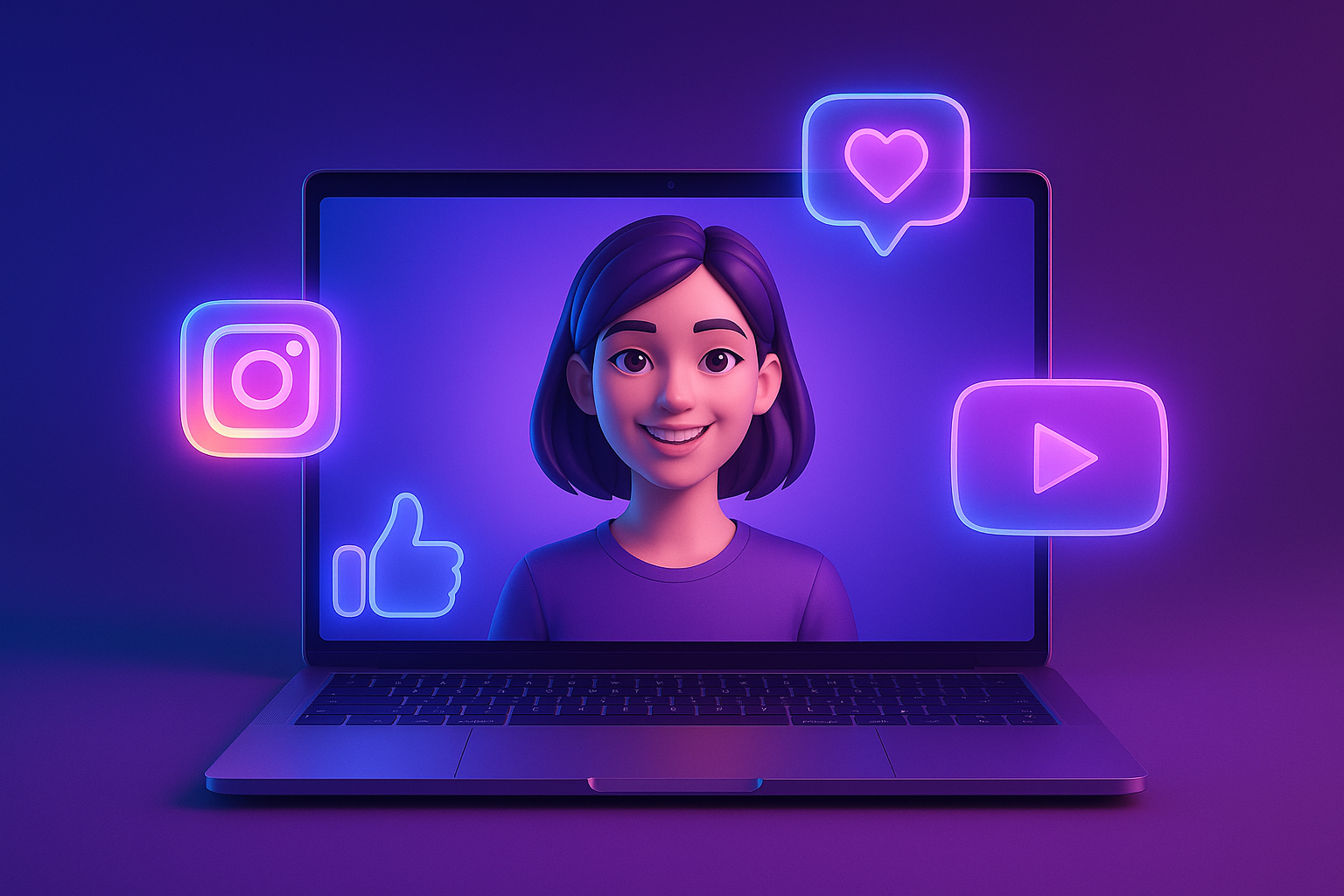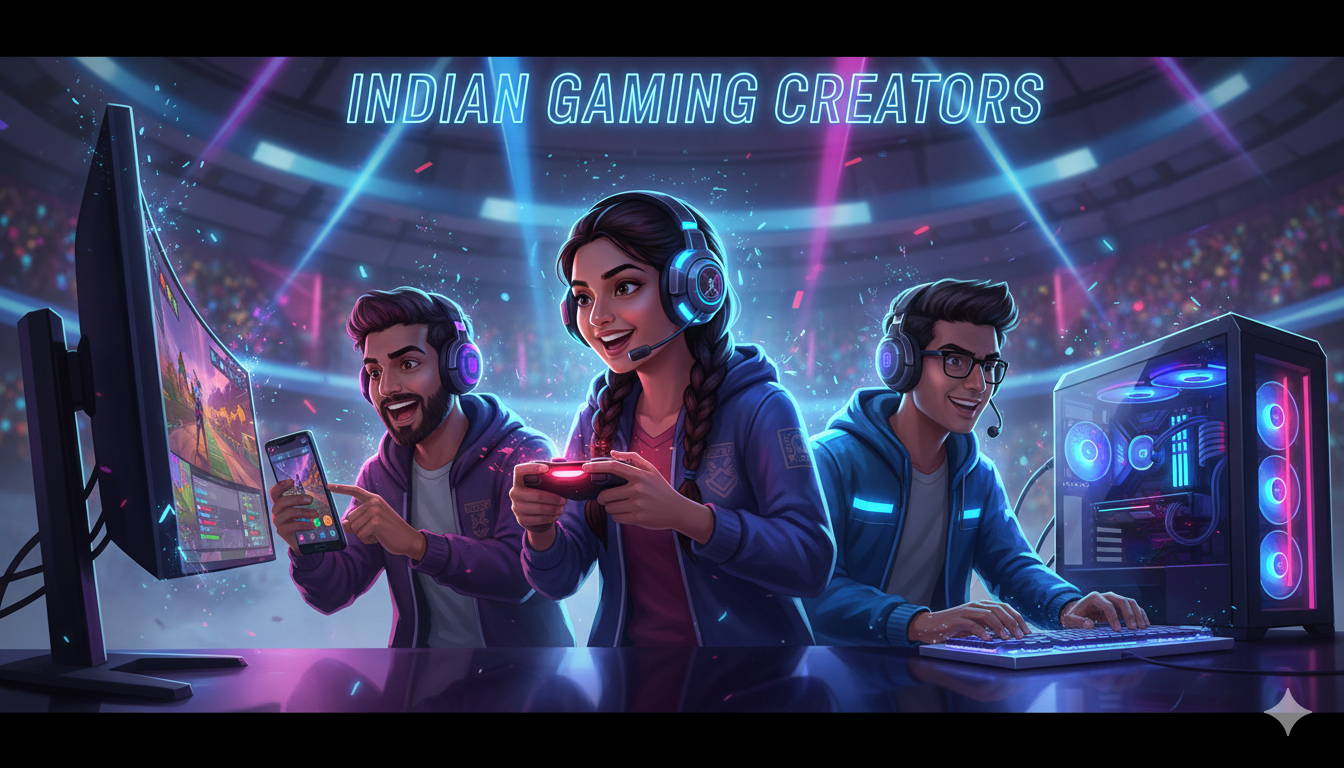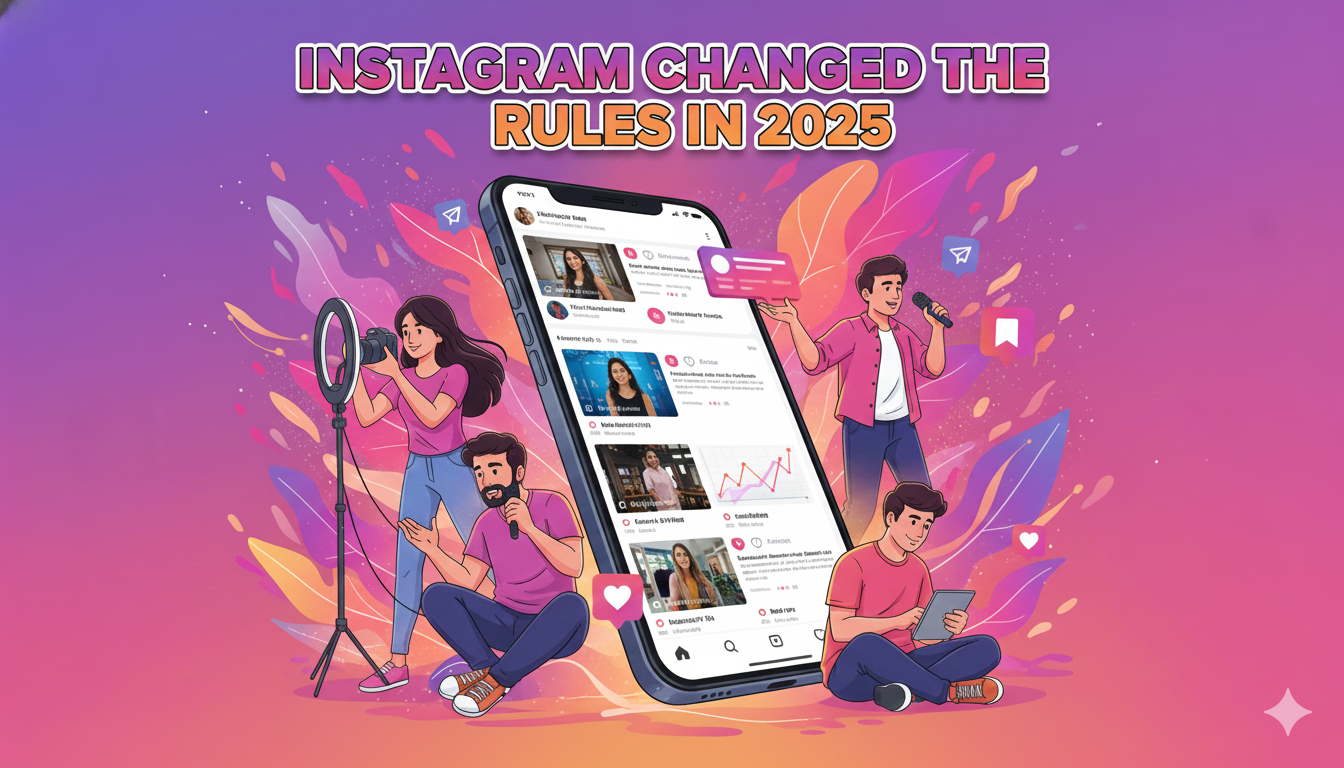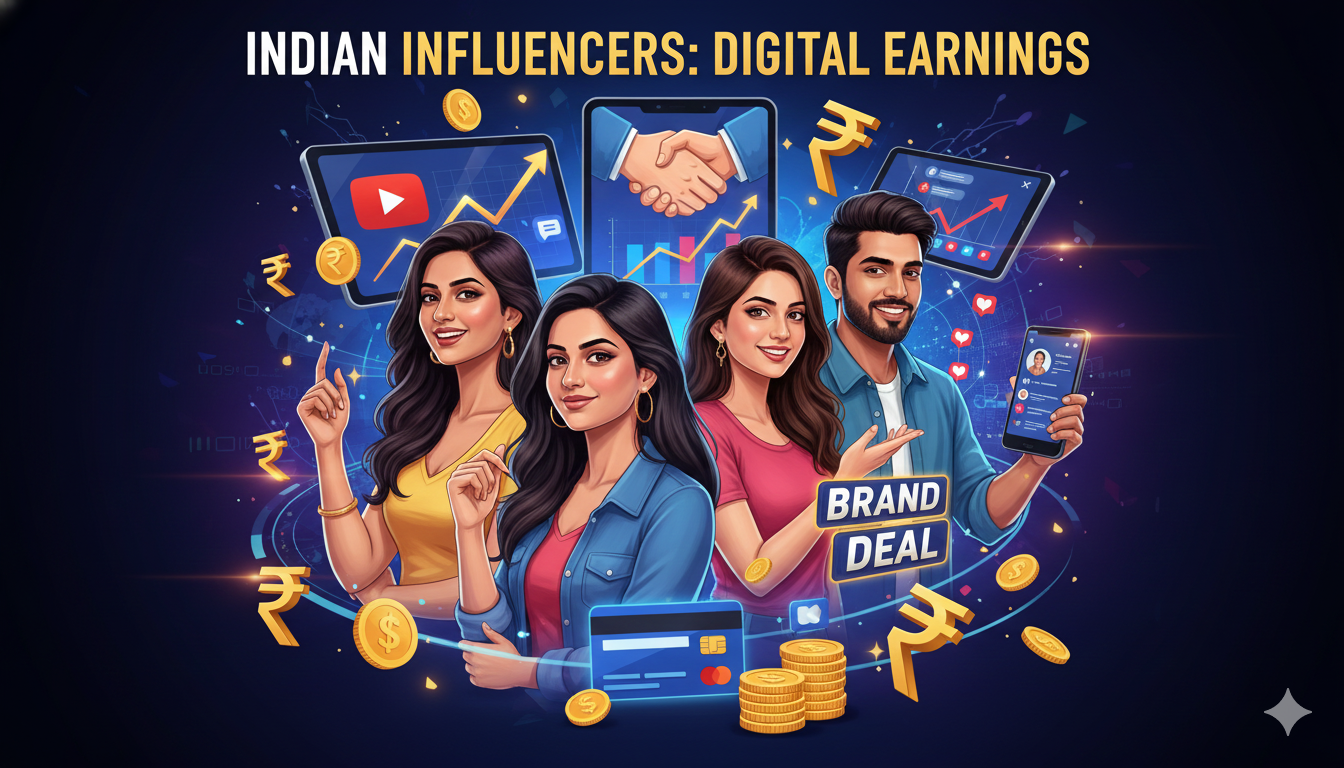Imagine scrolling Instagram and bumping into someone who looks real, seems charismatic, yet isn’t. That someone is a virtual influencer an AI-created persona with a real influence. India’s influencer ecosystem is leveling up, and artificial personalities powered by CGI and AI are becoming game-changers in branding, creativity, and authenticity.
What Exactly Are Virtual Influencers?
Think of them as digital avatars lifelike characters created with computer graphics and motion technology. These AI-powered influencers don’t sleep, never age, and can post 24/7 without scandal. They’re fully controllable, brand-safe, and totally captivating.
Already global names like Lil Miquela have millions of fans; India has its own star: Kyra, the country’s first virtual influencer, who’s collaborated with brands like Amazon Prime Video and boAt and boasts a massive following.
Why Brands Are Falling for Virtual Influencers
- Total Control: No off-script moments brands own every quirk.
- Always Available: Create content anytime, anywhere, no scheduling needed.
- Cost-Effective: No travel or PR headaches just digital storytelling.
- Trend-Driven: Perfect for stylized aesthetics, future-forward campaigns, or VR tie-ins.
Imagine launching a festive wardrobe line with a CGI influencer dressed in glittering avatars seamless, sleek, futuristic.
What Makes AI Influencers Work?
According to a study in arXiv, pairing virtual influencers with a companion another person or character boosts trust and engagement. The theory? The “companion effect” makes them seem more human.
So a virtual avatar interacting with a pet, another influencer, or a branded object can bridge the uncanny valley and build real emotional resonance online.
The Ethical and Tech Landscape
- Concerns over authenticity: AI is impressive, but where do we draw the line between engaging fiction and manipulation?
- Risks of deepfakes: Unrealistic avatars can get tangled in disinformation or blurred identities.
- Creative Gold: When done right, virtual creators elevate storytelling offering immersive campaigns with AR/VR tie-ins and even personalized branded experiences.
Are Virtual Influencers Gaining Ground in India?
Yes. Indian markets love innovation, and virtual influencers like Kyra signal a shift. Brands now edge toward high-concept digital campaigns. Expect AR filters, NFT drops, and virtual meet-and-greets tied to these characters.
Conclusion
Virtual influencers in India are not just a passing trend they’re pushing the limits of creativity and branding. With names like Kyra leading the way, we’re seeing digital personas reshape trust, storytelling, and monetization in real-time.
As technology evolves, these virtual stars will only get more lifelike, immersive, and influential. Think of them as a stylish glitch turning into our next digital icons.
FAQs
1. Who is India’s first virtual influencer?
Kyra is India’s pioneering virtual avatar, collaborating with major brands like Amazon Prime Video and boAt.
2. Why do brands use virtual influencers?
They provide full creative control, brand safety, and an infinite content schedule without human constraints.
3. Are virtual influencers ethically controversial?
Yes concerns include authenticity, deepfakes, and over-digitizing human culture.
4. Do virtual influencers drive real engagement?
Yes strategies like ‘companion presence’ make them relatable and boost trust under experimental research.
5. Will they replace human influencers?
Not completely but they offer new marketing options. Expect collaborations between AI avatars and human creators for maximum impact.







